If you’ve already been through the process of choosing your kitchen layout, and now you’re faced with the blank walls of your living room, you might find that your creative cells have gone on the blink. You could be forgiven for not wanting to jigsaw-puzzle your way through this, and going with the ‘oh, just put it all against the walls’ method. Before you do that, though, here are a few handy tips to get you back in the game. A quick guide to help you get started with arranging your living-room furniture and choosing the right colours for it.
Remember, it’s not just the size of your living room that you need to check. Before you start hauling in those sofa sets and cabinets, make sure that they’ll fit through your doors or windows or whichever space you want to manoeuvre through.

Make your coffee table the centre of your conversation in the living room. Choose a coffee table that goes perfect with your current theme and colour pallet. Collect your seating furniture around a coffee table and use the remaining space for your fixed furniture.
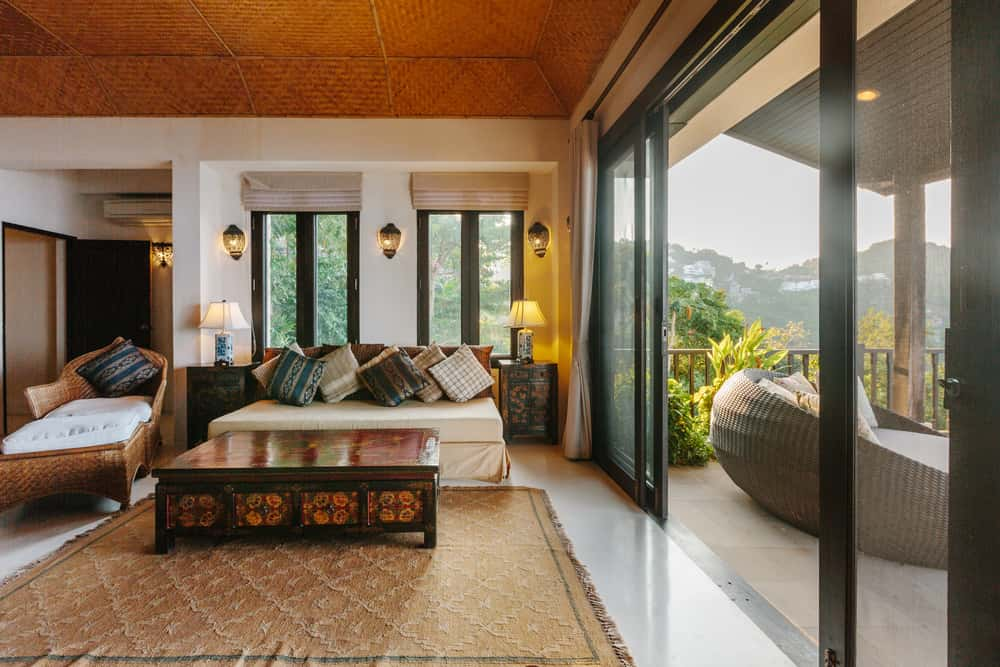
If you don’t like that regimental look, then mix up your seating arrangements a bit. Use sofas and chairs with different heights and depths to make the visual effect a little more interesting. If you’re working with larger spaces, you might find this especially useful.


If your dining room and living room space are both in the same room, using a large sofa with its back to the dining space will allow for a clear separation of the two. A carpet would also help for this – it could contain all of your living room furniture, allowing for the remaining space to be free for movement.

If you have a lot of space, you could try for more than one conversational group. A four-way larger space and a two-way smaller one could make for a great arrangement for a party night, as well. Or you could try one arrangement with straight-backed tables and chairs, another with cushions and sofas.
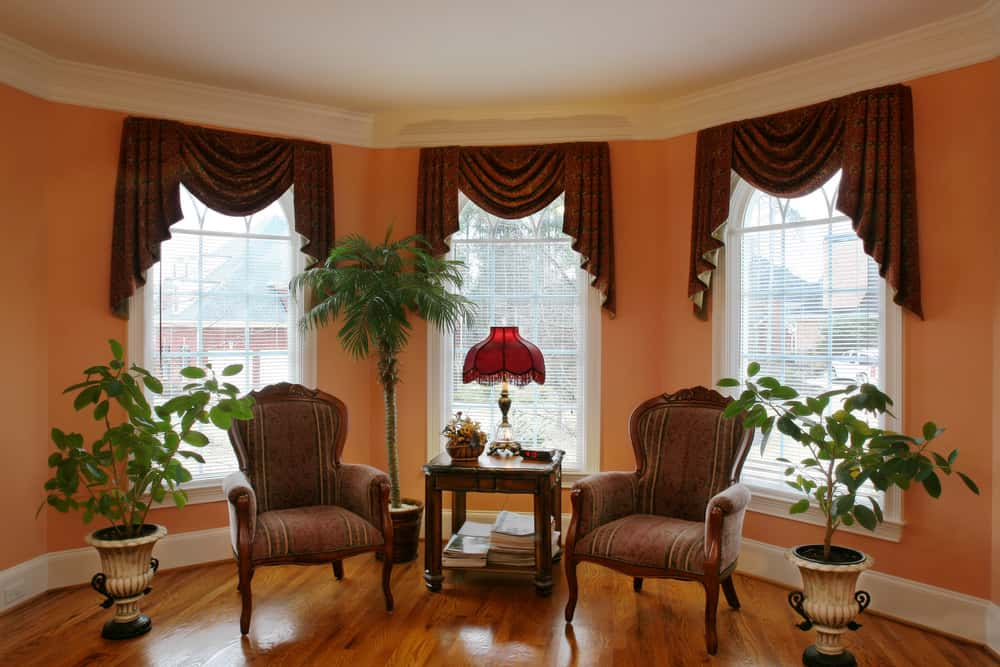
You don’t need to congregate around the centre of the room, necessarily. A comfy window seat allows for a great space to curl up space. Add some texture on the wall to give the perfect industrial look to the living room.
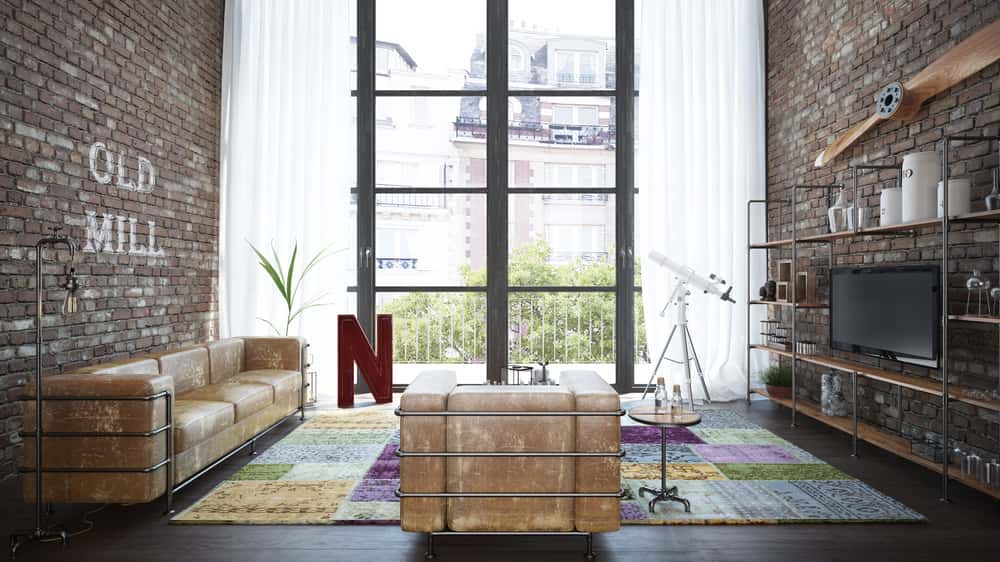
If you’re working with a small living room space, those big sofa sets might create a sense of stuffiness. Instead, try leggy armchairs or chairs, to get a view of the floor and open out space a little.
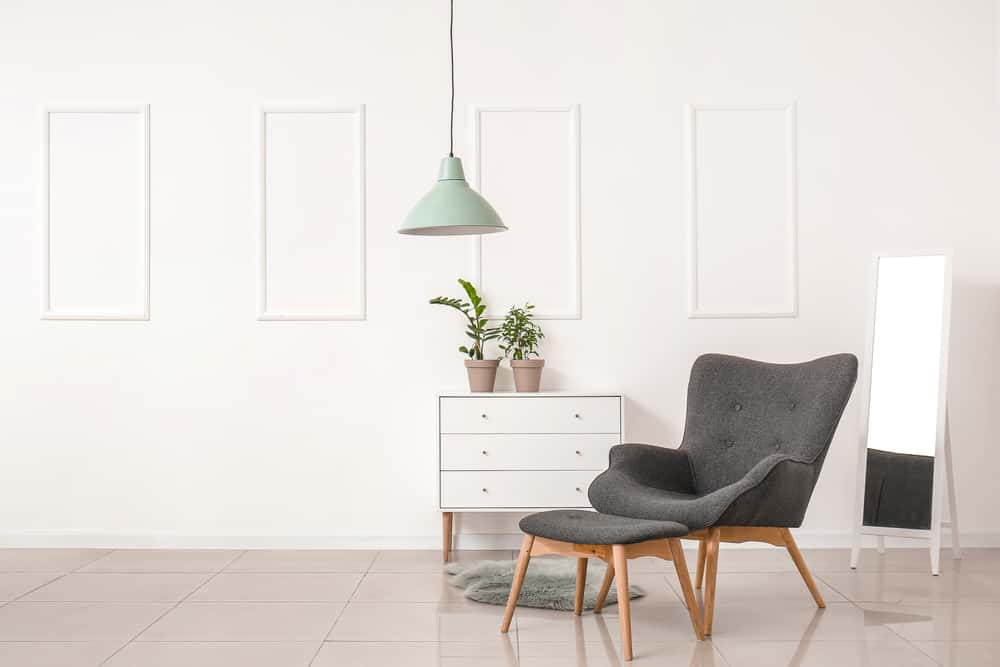
Floor cushions, ottomans, even a couple of rugs can add to the energy and flexibility of your seating arrangements, especially when you have a gang of noisy guests around. You can move them out of view when they’re not needed, and they give your living room a lovely casual and intimate energy when they’re in use.
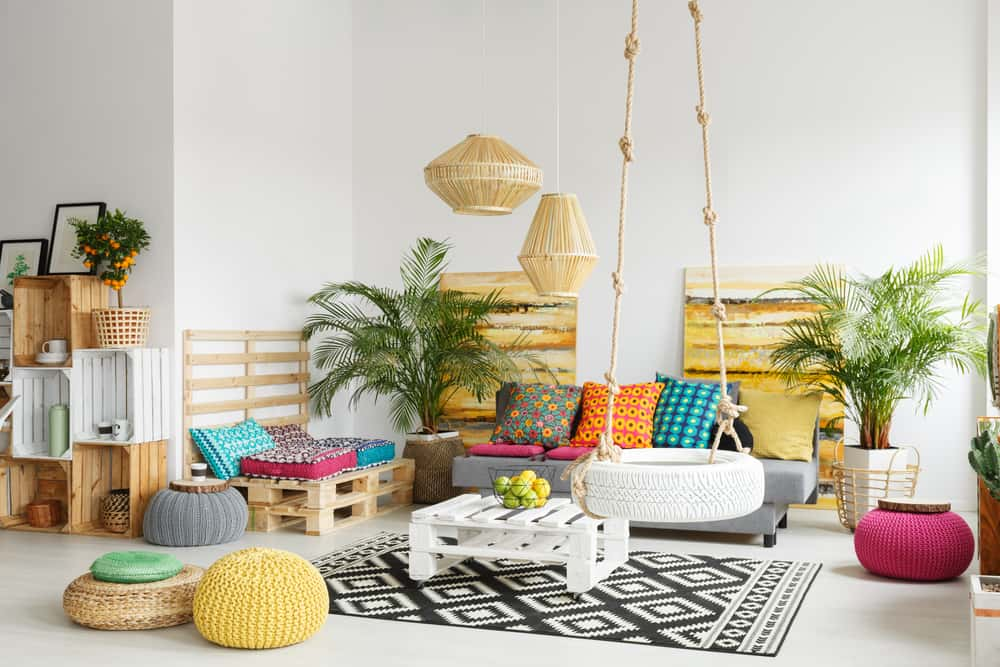

A single wall unit is the most common way to go, but if you don’t have that much space, you can also work in some cabinets beneath your coffee table, for example, or use small cabinets as side tables. Corner shelves are also a great way to expand your storage options.
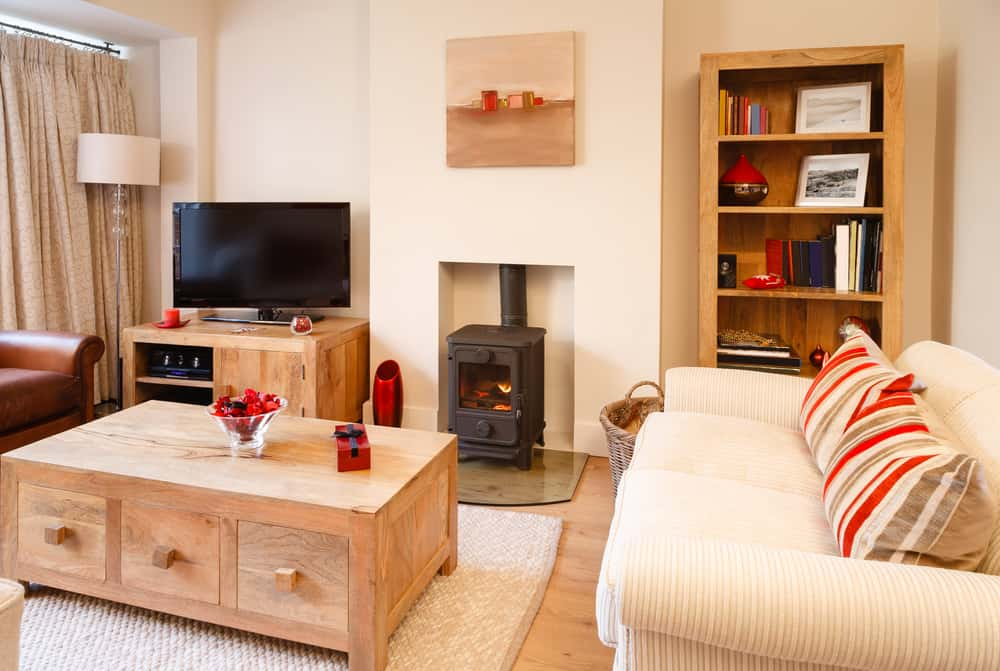
Your living room needs to allow you to move freely, as well as crash easily. If you’re placing your sofas away from the wall, make sure that space in between can be used, allowing for a two or three feet distance. If not, keep the sofas right against the wall so that the space outside becomes freer. Make sure that there’s space around the coffee table as well, if you don’t want it kicked every time someone gets up.
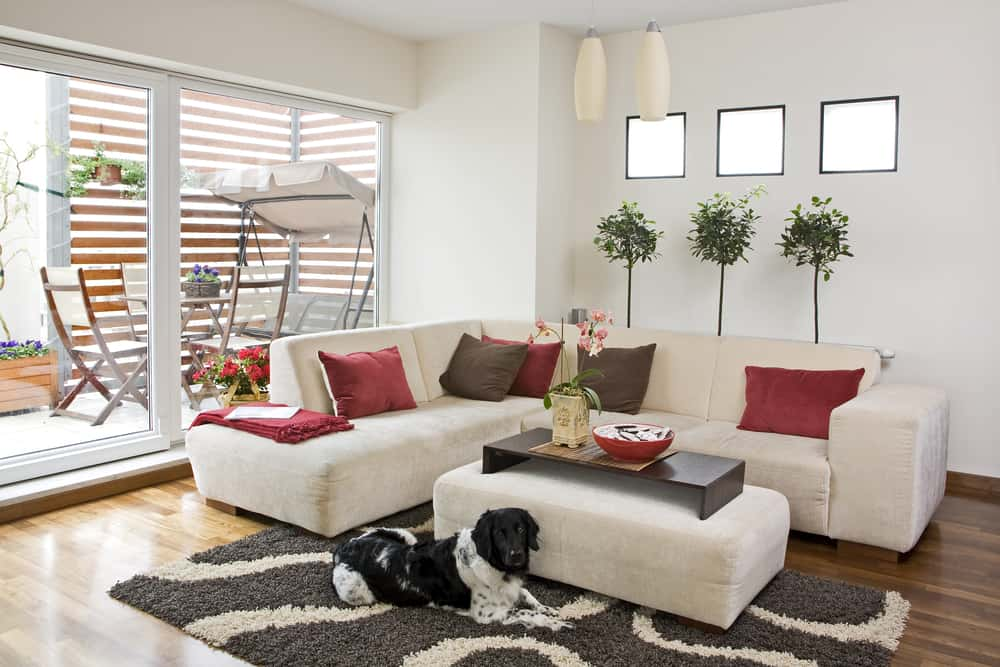
Often home interior design tips fail to mention the ottoman. An ottoman is the most versatile piece of furniture out there. Have guests at home? Use it for extra seating. Want to hide some dirty laundry? Shove it inside an ottoman. That apart, you can also use it as a footrest or a coffee table, like the owners of this house have cleverly done.
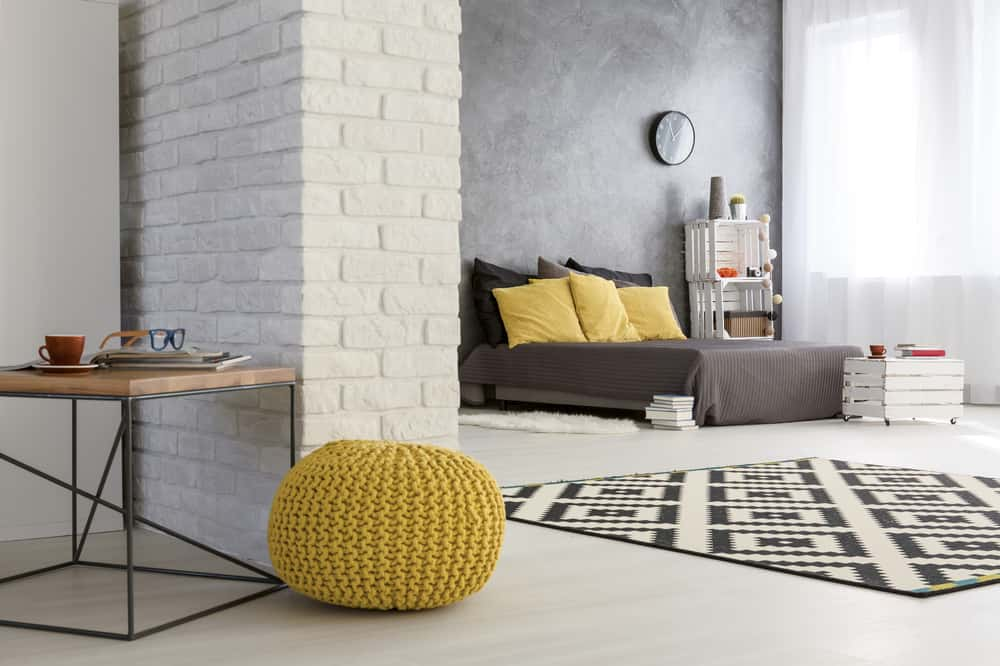
If you have a big space, create different segments in the room and define them with the help of rugs. This will help prevent your furniture from looking scattered and add artistic appeal to your home interior design. You can also define the room visually by having a separate dining section, a reading nook, a TV couch and an alternate seating area.
Blend all the elements together by using the same colour palette. So, go ahead and fill in the details in your house. Extend your personality to empty spaces and corners and add the finishing touches to your décor with these simple home interior design ideas.
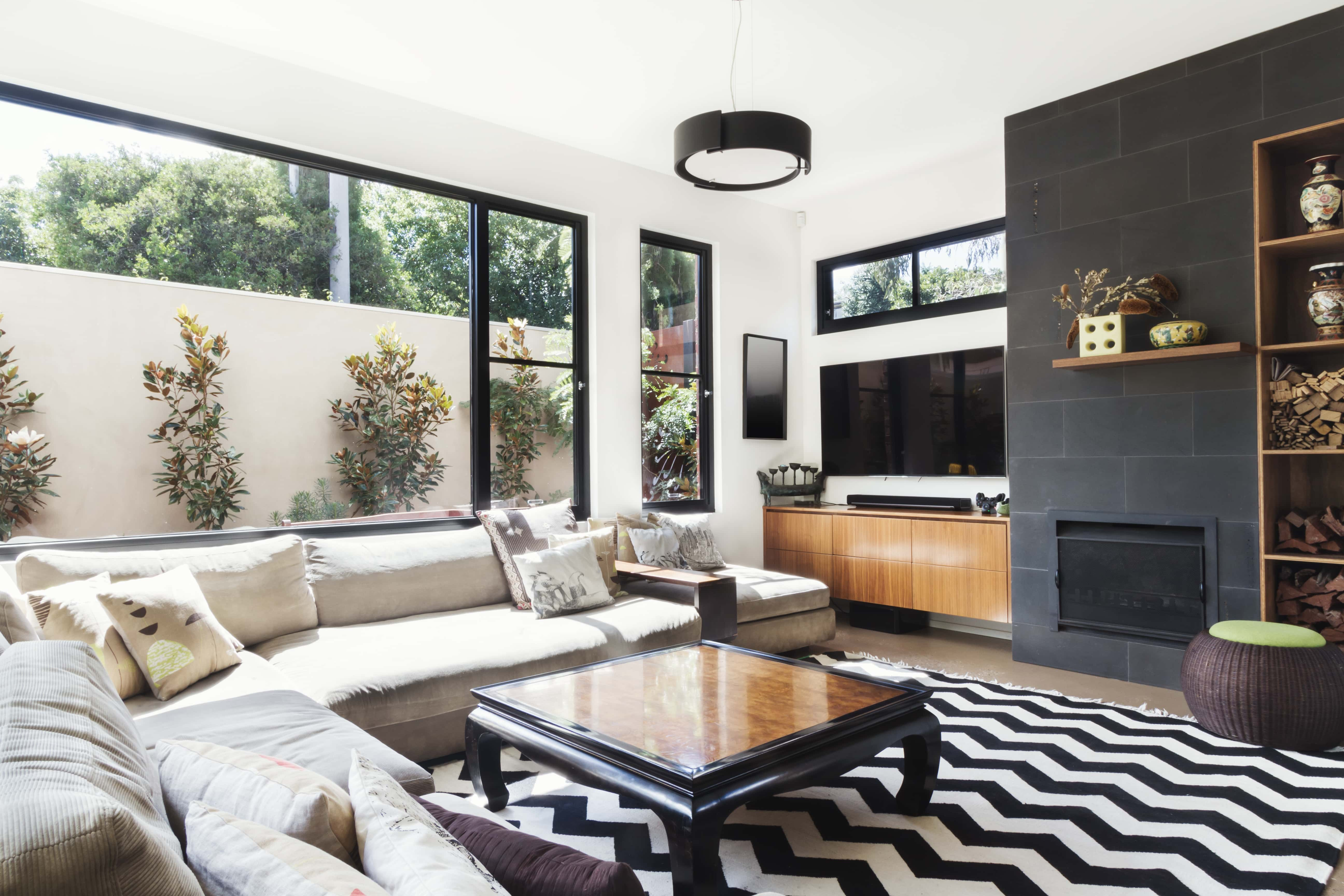
Any home interior design catalogue will tell you that every colour reflects a mood. bold colours like green, orange, warm yellow, classic blue lay the foundation for an energizing space, and the fluffy cushions add an inviting look.
We love the geometric wallpaper with curvaceous lines, so clean and so beautiful. The bare floor gives the room a no-fuss, minimalistic look. With no distractions and ample sunlight, this is the place where you would like to bring your notepad and indulge in some intellectual exercise.
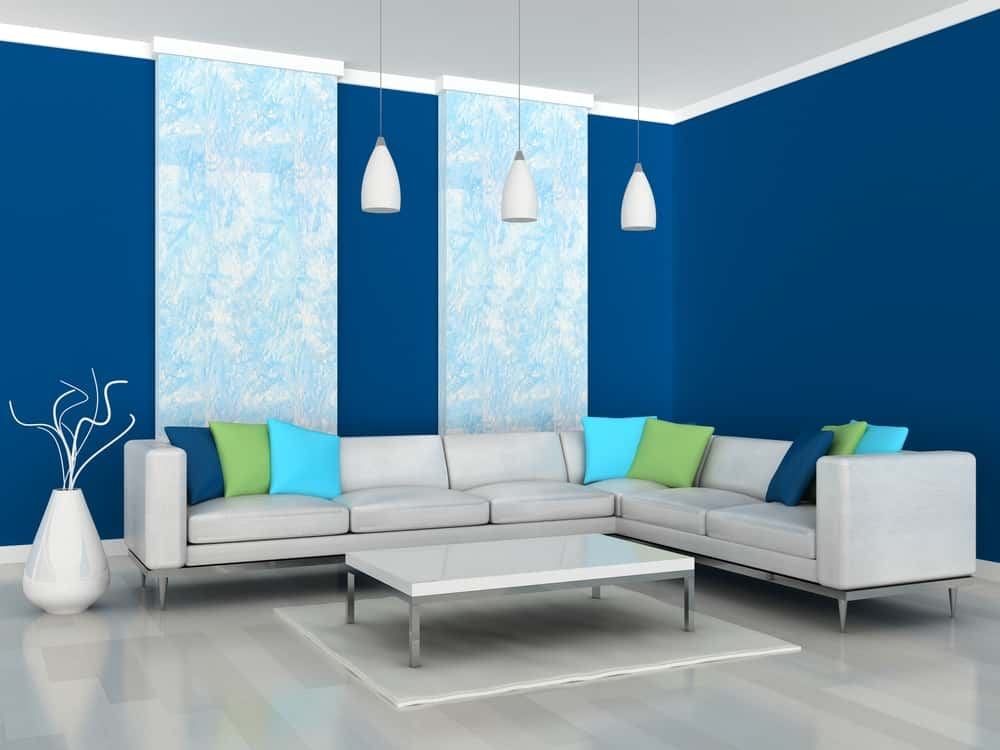
Spacious and light-flooded, this living room is any home interior design expert’s dream. It uses a three colour palette of white, grey and yellow.
Follow these interior design tips while designing your living room from scratch. Do let us know what do you think about these ideas.

 EXPLORE MORE
EXPLORE MOREExplore This Vibrant Bangalore Home That Revels in the Interplay of Patterns and Textures!
This Stunning Chennai Home Channels Nuanced Character and Tonality
Step Into This Minimal Chennai Home, and Get Wrapped in Comfort!
This Compact Chennai Apartment Is an Ode to Smart Design and Functionality!
 EXPLORE MORE
EXPLORE MOREExplore This Vibrant Bangalore Home That Revels in the Interplay of Patterns and Textures!
This Stunning Chennai Home Channels Nuanced Character and Tonality
Step Into This Minimal Chennai Home, and Get Wrapped in Comfort!
This Compact Chennai Apartment Is an Ode to Smart Design and Functionality!
By submitting this form, you agree to the privacy policy and terms of use